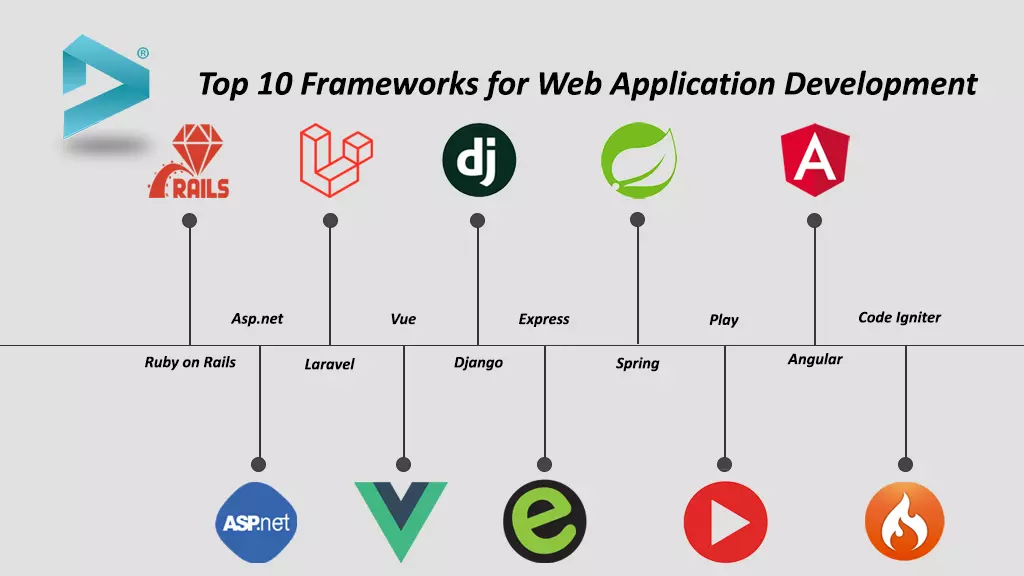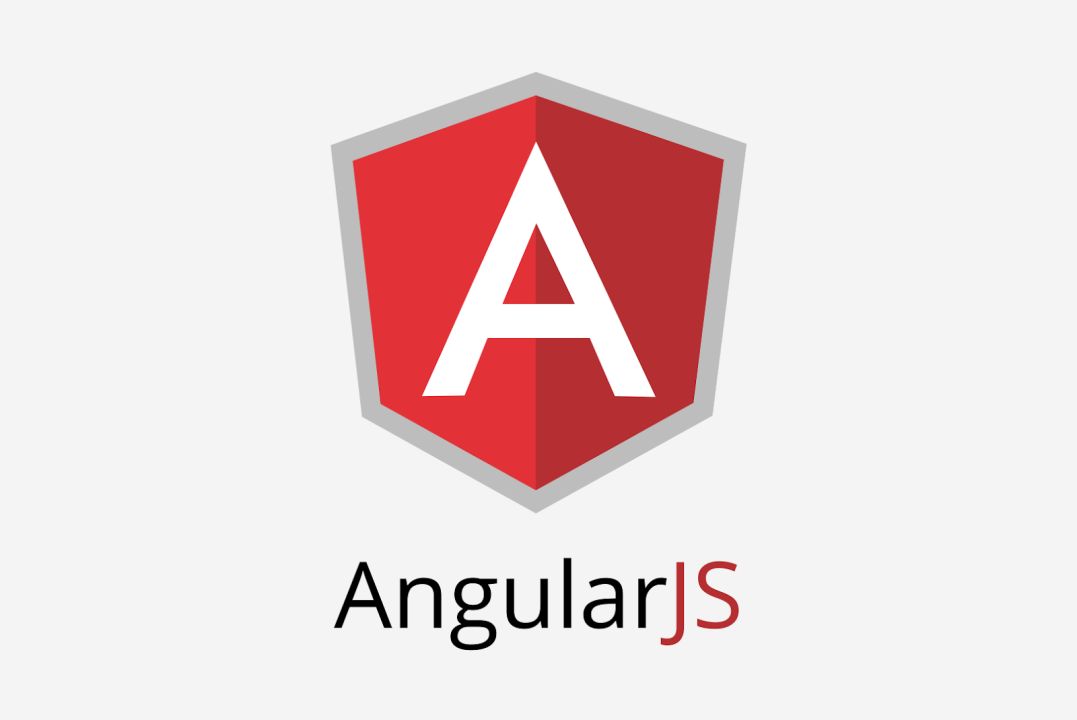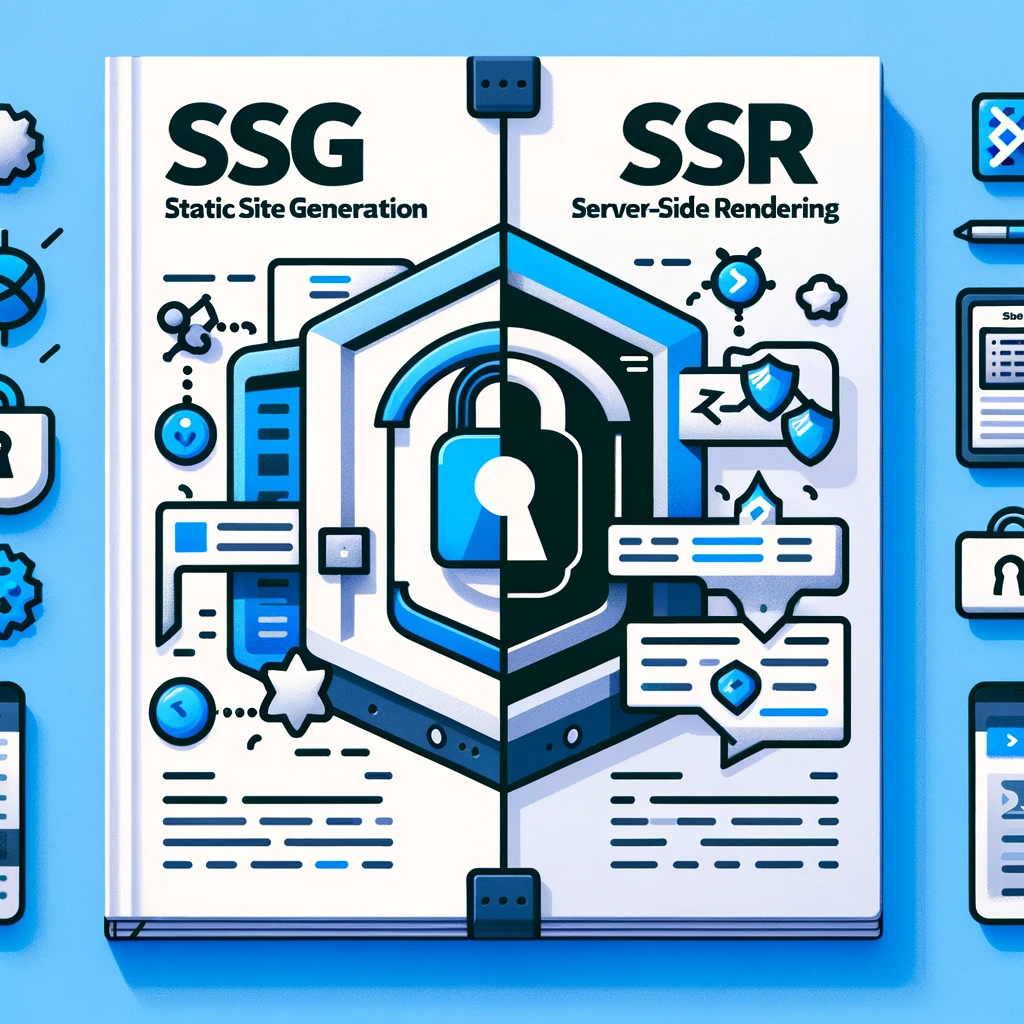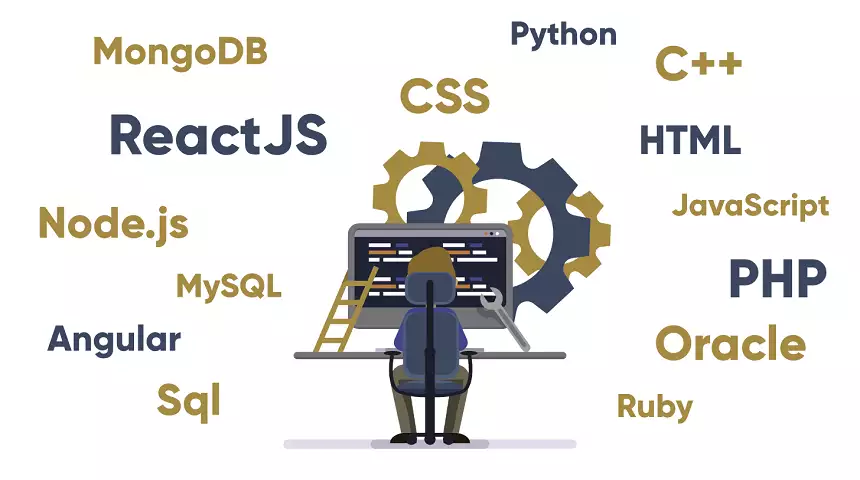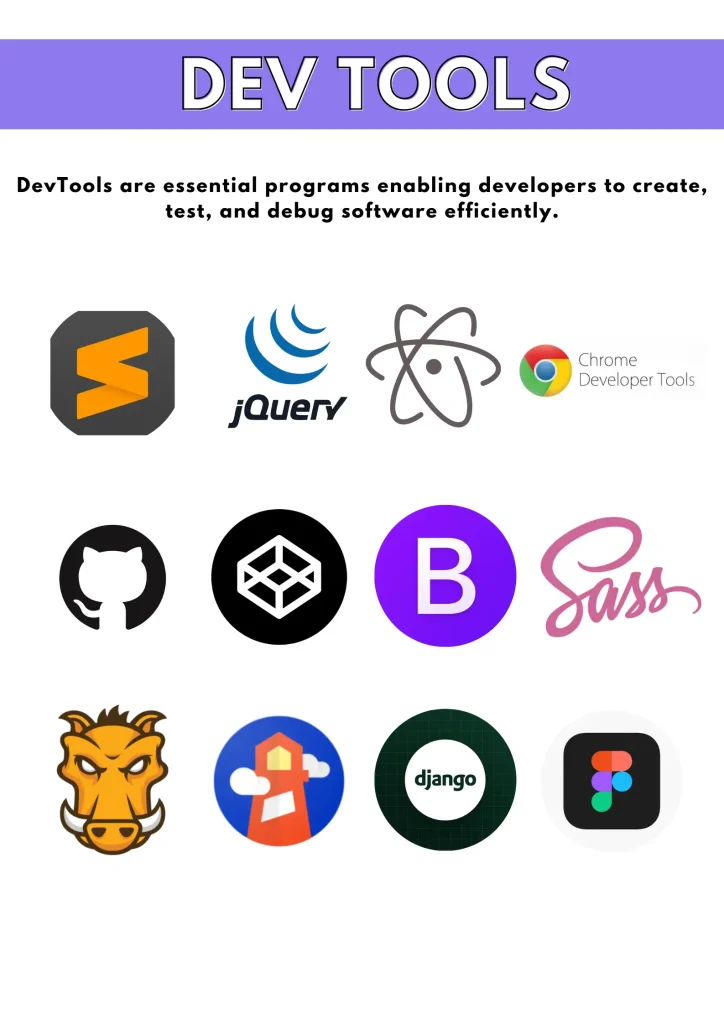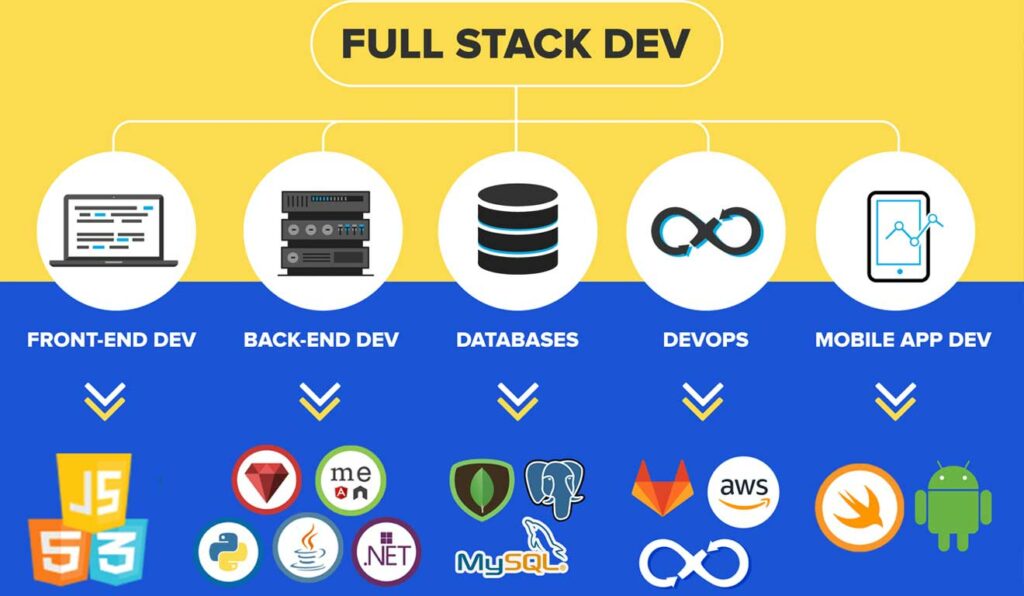Web development-Frameworks
Exploring the Latest Trends in Web Development Frameworks Introduction Web development has evolved significantly over the past decade, with new frameworks emerging to address the increasing complexity of web applications. Whether you are a seasoned developer or just starting, understanding the latest trends in web development frameworks is essential to building modern, efficient, and scalable applications. In this blog, we’ll dive deep into the latest trends in web development frameworks, exploring tools that are shaping the future of the web. We’ll cover the most advanced and widely adopted frameworks like SvelteKit, GraphQL, and Apollo, along with other essential tools and technologies that are redefining how we build web applications. The Evolution of Web Development Frameworks Before we delve into the latest trends, it's crucial to understand the evolution of web development frameworks. The journey began with simple HTML and CSS, gradually moving towards JavaScript-based frameworks that provided dynamic capabilities. The emergence of libraries like jQuery revolutionized how developers interacted with the DOM, making JavaScript more accessible and efficient. As web applications became more complex, the need for structured frameworks grew. This led to the development of Model-View-Controller (MVC) frameworks like Ruby on Rails and Django, which provided a structured approach to web development. These frameworks abstracted common tasks, making it easier to build and maintain complex applications. The introduction of AngularJS by Google marked the beginning of the Single Page Application (SPA) era, where the client-side took on more responsibility. AngularJS was soon followed by React and Vue.js, which brought component-based architecture into the mainstream. This approach allowed developers to create reusable, encapsulated components, making codebases more modular and maintainable.
Current Challenges in Web Development
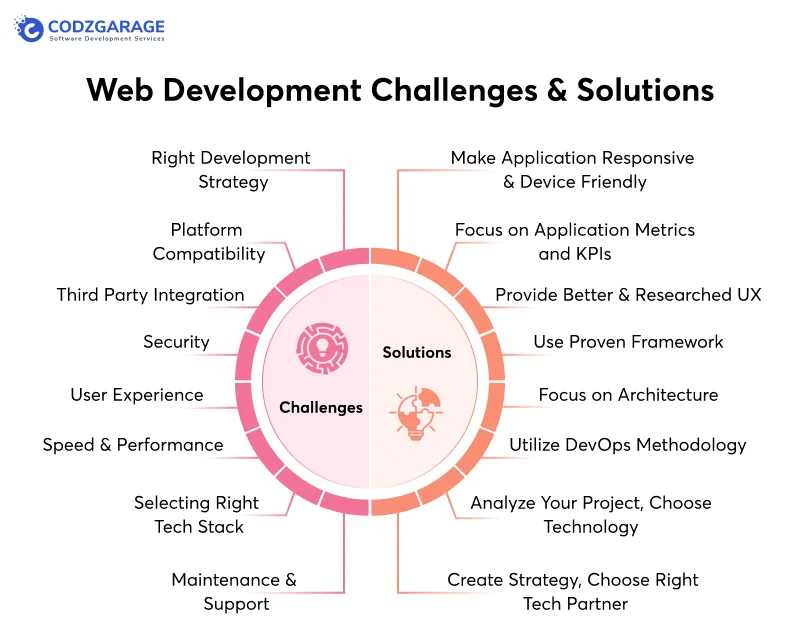 As web applications continue to grow in complexity, developers face several challenges:
Performance: With the increasing demand for richer user experiences, performance has become a critical concern. Applications must load quickly and provide smooth interactions even on low-powered devices.
Scalability: Modern web applications must handle large amounts of data and traffic, requiring frameworks that can scale effectively.
State Management: As applications become more dynamic, managing state across components and the application lifecycle has become more complex.
Developer Experience: With tight deadlines and complex requirements, developers need tools that improve productivity, reduce boilerplate code, and provide strong debugging capabilities.
To address these challenges, the web development community has embraced new frameworks and tools that offer improved performance, scalability, and developer experience.
As web applications continue to grow in complexity, developers face several challenges:
Performance: With the increasing demand for richer user experiences, performance has become a critical concern. Applications must load quickly and provide smooth interactions even on low-powered devices.
Scalability: Modern web applications must handle large amounts of data and traffic, requiring frameworks that can scale effectively.
State Management: As applications become more dynamic, managing state across components and the application lifecycle has become more complex.
Developer Experience: With tight deadlines and complex requirements, developers need tools that improve productivity, reduce boilerplate code, and provide strong debugging capabilities.
To address these challenges, the web development community has embraced new frameworks and tools that offer improved performance, scalability, and developer experience.
SvelteKit: The Future of Reactive Frameworks
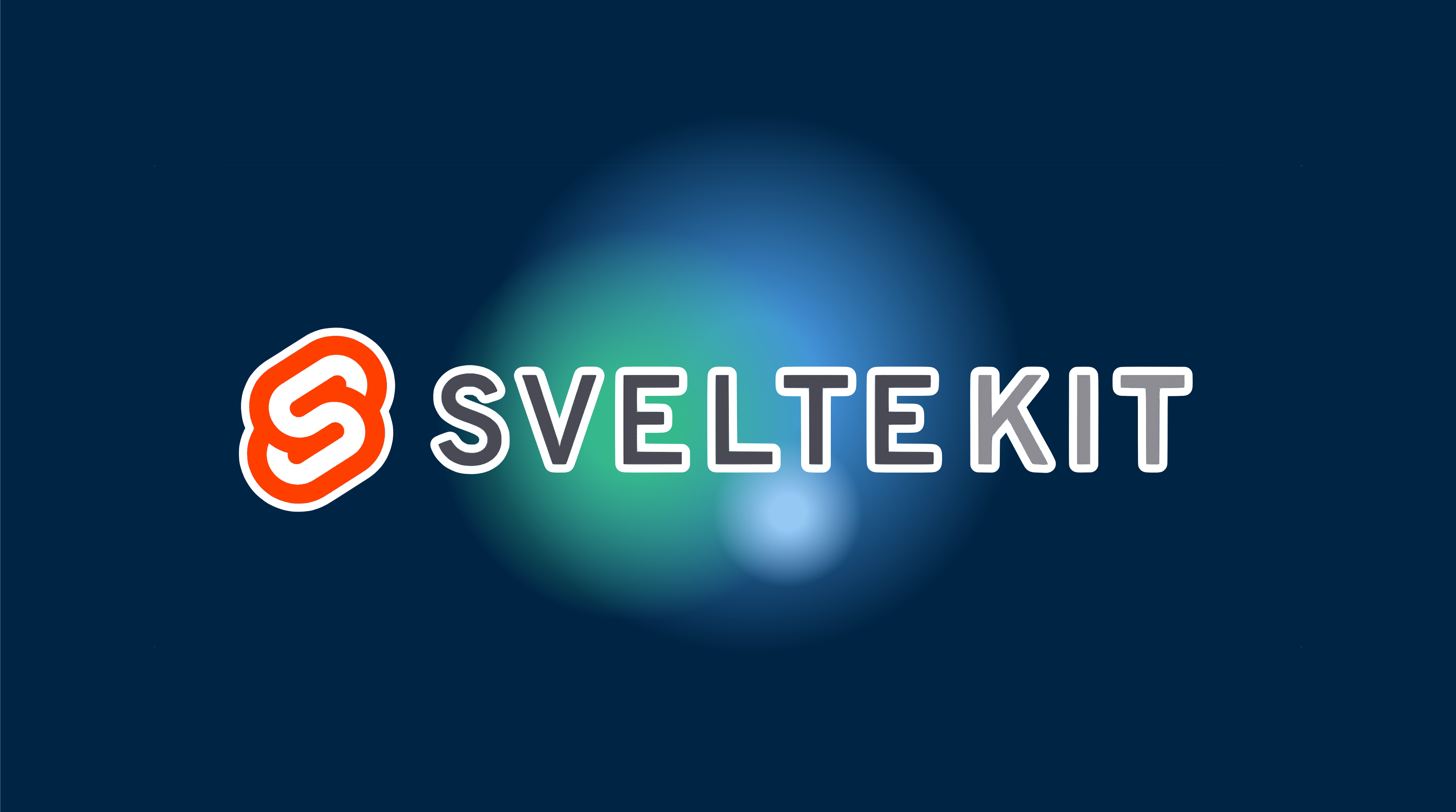 One of the most talked-about frameworks in recent years is SvelteKit, a modern web development framework that takes a radically different approach compared to traditional frameworks like React or Angular.
What is SvelteKit?
SvelteKit is a full-stack framework for building web applications using Svelte, a compiler that converts declarative components into highly optimized JavaScript at build time. Unlike frameworks like React or Vue.js, which perform much of their work in the browser, Svelte shifts that burden to the build step, resulting in faster, smaller, and more efficient web applications.
Why SvelteKit?
Performance: By compiling components into minimal JavaScript, SvelteKit applications are incredibly fast, with minimal runtime overhead.
Ease of Use: Svelte’s syntax is straightforward and intuitive, making it accessible to beginners while providing powerful features for advanced developers.
Less Boilerplate: SvelteKit reduces the need for boilerplate code, allowing developers to focus on building features rather than managing complex configurations.
Universal Rendering: SvelteKit supports server-side rendering (SSR), static site generation (SSG), and client-side rendering (CSR), making it versatile for various use cases.
How SvelteKit Works
SvelteKit leverages Svelte's compilation approach to generate highly optimized JavaScript code. During the build process, SvelteKit compiles your components and optimizes them for performance. This includes tree-shaking unused code, minifying JavaScript, and generating optimized bundles for faster loading times.
SvelteKit in Action
Consider a simple example of a Svelte component:
svelte
Copy code
In this example, Svelte compiles the component into a minimal JavaScript file that efficiently updates the DOM when the state changes.
GraphQL: The Query Language for APIs
Another significant trend in web development is the adoption of GraphQL, a powerful query language for APIs that allows clients to request exactly the data they need.
One of the most talked-about frameworks in recent years is SvelteKit, a modern web development framework that takes a radically different approach compared to traditional frameworks like React or Angular.
What is SvelteKit?
SvelteKit is a full-stack framework for building web applications using Svelte, a compiler that converts declarative components into highly optimized JavaScript at build time. Unlike frameworks like React or Vue.js, which perform much of their work in the browser, Svelte shifts that burden to the build step, resulting in faster, smaller, and more efficient web applications.
Why SvelteKit?
Performance: By compiling components into minimal JavaScript, SvelteKit applications are incredibly fast, with minimal runtime overhead.
Ease of Use: Svelte’s syntax is straightforward and intuitive, making it accessible to beginners while providing powerful features for advanced developers.
Less Boilerplate: SvelteKit reduces the need for boilerplate code, allowing developers to focus on building features rather than managing complex configurations.
Universal Rendering: SvelteKit supports server-side rendering (SSR), static site generation (SSG), and client-side rendering (CSR), making it versatile for various use cases.
How SvelteKit Works
SvelteKit leverages Svelte's compilation approach to generate highly optimized JavaScript code. During the build process, SvelteKit compiles your components and optimizes them for performance. This includes tree-shaking unused code, minifying JavaScript, and generating optimized bundles for faster loading times.
SvelteKit in Action
Consider a simple example of a Svelte component:
svelte
Copy code
In this example, Svelte compiles the component into a minimal JavaScript file that efficiently updates the DOM when the state changes.
GraphQL: The Query Language for APIs
Another significant trend in web development is the adoption of GraphQL, a powerful query language for APIs that allows clients to request exactly the data they need.
What is GraphQL? GraphQL is an open-source query language developed by Facebook that enables clients to request specific data from a server, avoiding the common issues of over-fetching or under-fetching data typically associated with REST APIs. Why GraphQL?
 Efficiency: GraphQL allows multiple resources to be fetched in a single request, reducing the number of API calls.
Flexibility: Clients can define the structure of the response, requesting only the data they need.
Real-Time Data: GraphQL supports subscriptions, allowing for real-time updates to be pushed to clients.
Strong Typing: GraphQL APIs are strongly typed, enabling better tooling, validation, and documentation.
How GraphQL Works
GraphQL APIs are built around a schema that defines the types of data available and the relationships between them. Clients send queries to a single endpoint, specifying the data they need, and the server responds with the requested data.
Advantages of GraphQL
Single Endpoint: Simplifies API design by providing a single endpoint for all queries.
Precise Data Fetching: Reduces payload sizes by returning only the requested data.
Introspection: Developers can query the schema itself to understand the available data and relationships.
GraphQL in Action
Here's an example of a GraphQL query:
graphql
Copy code
query {
user(id: "1") {
name
email
posts {
title
}
}
}
This query fetches the name and email of a user with a specific ID, along with the titles of their posts, all in a single request.
Apollo: The Ecosystem for GraphQL
Building on the power of GraphQL, Apollo is a comprehensive platform that provides tools for both server and client-side development, making it easier to integrate GraphQL into your applications.
Efficiency: GraphQL allows multiple resources to be fetched in a single request, reducing the number of API calls.
Flexibility: Clients can define the structure of the response, requesting only the data they need.
Real-Time Data: GraphQL supports subscriptions, allowing for real-time updates to be pushed to clients.
Strong Typing: GraphQL APIs are strongly typed, enabling better tooling, validation, and documentation.
How GraphQL Works
GraphQL APIs are built around a schema that defines the types of data available and the relationships between them. Clients send queries to a single endpoint, specifying the data they need, and the server responds with the requested data.
Advantages of GraphQL
Single Endpoint: Simplifies API design by providing a single endpoint for all queries.
Precise Data Fetching: Reduces payload sizes by returning only the requested data.
Introspection: Developers can query the schema itself to understand the available data and relationships.
GraphQL in Action
Here's an example of a GraphQL query:
graphql
Copy code
query {
user(id: "1") {
name
email
posts {
title
}
}
}
This query fetches the name and email of a user with a specific ID, along with the titles of their posts, all in a single request.
Apollo: The Ecosystem for GraphQL
Building on the power of GraphQL, Apollo is a comprehensive platform that provides tools for both server and client-side development, making it easier to integrate GraphQL into your applications.
What is Apollo? Apollo is a suite of tools and services that make working with GraphQL APIs easier. It includes Apollo Server for building GraphQL APIs and Apollo Client for managing data on the client side. Apollo Server.
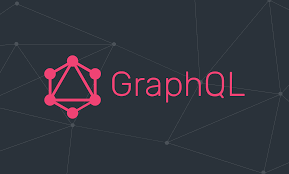 Apollo Server is a Node.js GraphQL server that is easy to set up and integrates well with various frameworks like Express and Koa. It offers features like schema-first development, real-time subscriptions, and performance monitoring.
Apollo Client
Apollo Client is a state management library that allows you to fetch, cache, and manage data using GraphQL. It integrates seamlessly with front-end frameworks like React, Angular, and Vue.
Key Features:
Declarative Data Fetching: Write GraphQL queries directly in your UI components.
Optimistic UI: Update the UI instantly while the server processes the request, providing a smoother user experience.
State Management: Manage both local and remote data with a single library, reducing the need for additional tools like Redux.
Apollo Studio
Apollo Studio provides tools for schema management, performance tracking, and collaboration. It allows you to monitor the performance of your GraphQL queries in real-time and collaborate with your team on API design.
Emerging Technologies and Trends
In addition to SvelteKit, GraphQL, and Apollo, several other technologies are gaining traction in the web development community:
Apollo Server is a Node.js GraphQL server that is easy to set up and integrates well with various frameworks like Express and Koa. It offers features like schema-first development, real-time subscriptions, and performance monitoring.
Apollo Client
Apollo Client is a state management library that allows you to fetch, cache, and manage data using GraphQL. It integrates seamlessly with front-end frameworks like React, Angular, and Vue.
Key Features:
Declarative Data Fetching: Write GraphQL queries directly in your UI components.
Optimistic UI: Update the UI instantly while the server processes the request, providing a smoother user experience.
State Management: Manage both local and remote data with a single library, reducing the need for additional tools like Redux.
Apollo Studio
Apollo Studio provides tools for schema management, performance tracking, and collaboration. It allows you to monitor the performance of your GraphQL queries in real-time and collaborate with your team on API design.
Emerging Technologies and Trends
In addition to SvelteKit, GraphQL, and Apollo, several other technologies are gaining traction in the web development community:
JAMstack (JavaScript, APIs, Markup)
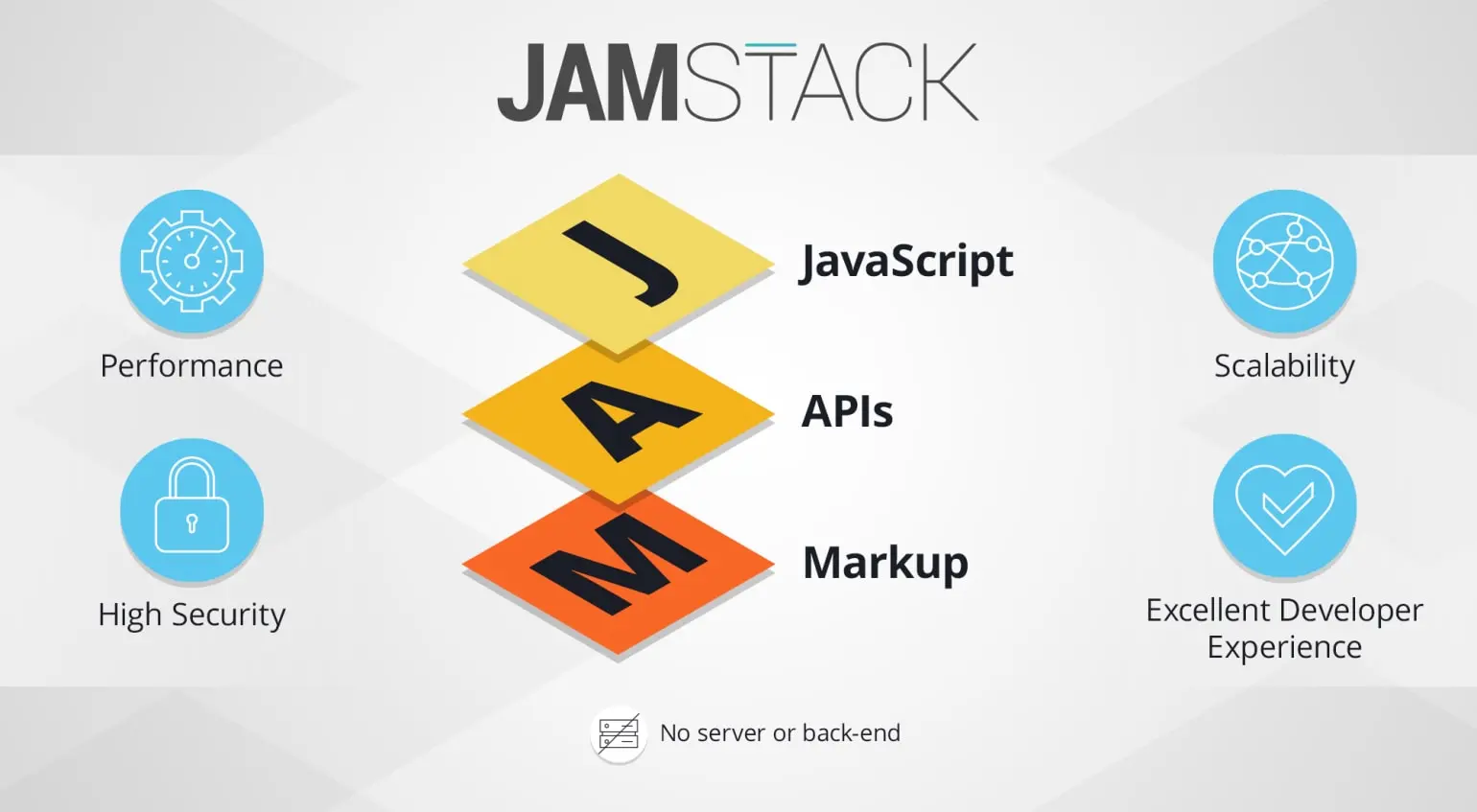 JAMstack is a modern architecture that decouples the front-end from the back-end, allowing developers to build fast, secure, and scalable web applications. By leveraging static site generators, APIs, and JavaScript frameworks, JAMstack applications are optimized for performance and security.
Serverless Architecture
Serverless computing allows developers to build and run applications without managing the underlying infrastructure. Frameworks like Next.js and Vercel are popular in this space, enabling developers to deploy serverless applications with ease.
WebAssembly (Wasm)
WebAssembly is a binary instruction format that allows developers to run high-performance code on the web. It enables languages like C++, Rust, and Go to run in the browser, opening up new possibilities for web applications.
Progressive Web Apps (PWAs)
PWAs are web applications that provide a native app-like experience. They are built using standard web technologies but offer features like offline access, push notifications, and home screen installation.
Micro Frontends
Micro frontends decompose a front-end monolith into smaller, more manageable pieces that can be developed, tested, and deployed independently. This approach improves scalability and allows teams to work more efficiently.
Tailwind CSS
JAMstack is a modern architecture that decouples the front-end from the back-end, allowing developers to build fast, secure, and scalable web applications. By leveraging static site generators, APIs, and JavaScript frameworks, JAMstack applications are optimized for performance and security.
Serverless Architecture
Serverless computing allows developers to build and run applications without managing the underlying infrastructure. Frameworks like Next.js and Vercel are popular in this space, enabling developers to deploy serverless applications with ease.
WebAssembly (Wasm)
WebAssembly is a binary instruction format that allows developers to run high-performance code on the web. It enables languages like C++, Rust, and Go to run in the browser, opening up new possibilities for web applications.
Progressive Web Apps (PWAs)
PWAs are web applications that provide a native app-like experience. They are built using standard web technologies but offer features like offline access, push notifications, and home screen installation.
Micro Frontends
Micro frontends decompose a front-end monolith into smaller, more manageable pieces that can be developed, tested, and deployed independently. This approach improves scalability and allows teams to work more efficiently.
Tailwind CSS
Tailwind CSS is a utility-first CSS framework that allows developers to build responsive designs quickly. Instead of writing custom CSS, developers use pre-defined classes to style their components, resulting in more maintainable and consistent codebases. TypeScript TypeScript is gaining widespread adoption as developers recognize the benefits of a strongly-typed language. It enhances JavaScript with static types, providing better tooling, reducing bugs, and improving code maintainability. Conclusion The landscape of web development frameworks is continuously evolving, with new tools and technologies emerging to address the challenges of modern web applications. SvelteKit, GraphQL, and Apollo are at the forefront of this evolution, offering innovative solutions that improve performance, scalability, and developer experience. As we move forward, embracing these latest trends and technologies will be essential for developers looking to build cutting-edge web applications. Whether you're developing a small personal project or a large-scale enterprise application, these frameworks and tools provide the foundation for building the web of the future. By staying up-to-date with the latest trends in web development frameworks, you'll be better equipped to tackle the challenges of modern web development and deliver applications that are fast, efficient, and scalable.
In this blog, we'll dive into the latest trends and emerging frameworks that are shaping the future of web development. We'll explore how these new tools compare to established frameworks, what advantages they offer, and how they can help developers stay ahead in a competitive industry. Whether you're building a small personal website or a complex enterprise application, understanding the latest in web development frameworks will empower you to make informed decisions and create more effective, modern web solutions.
